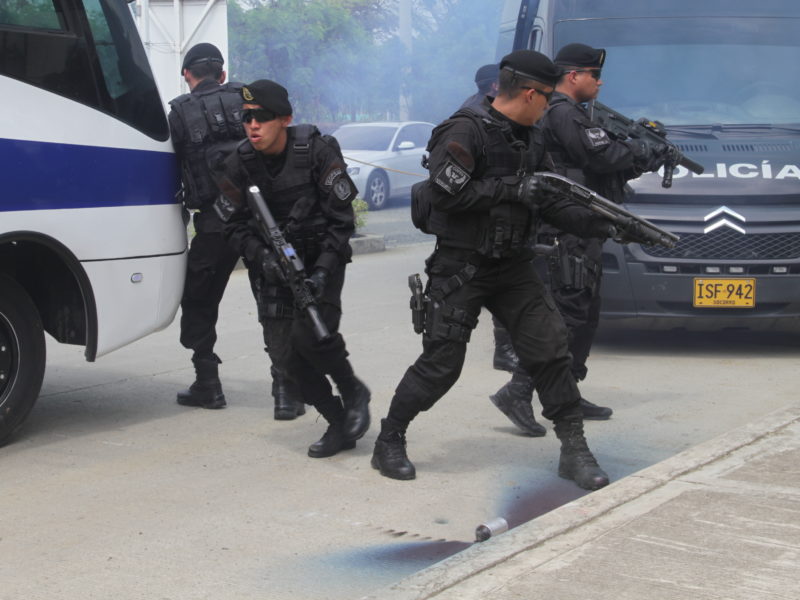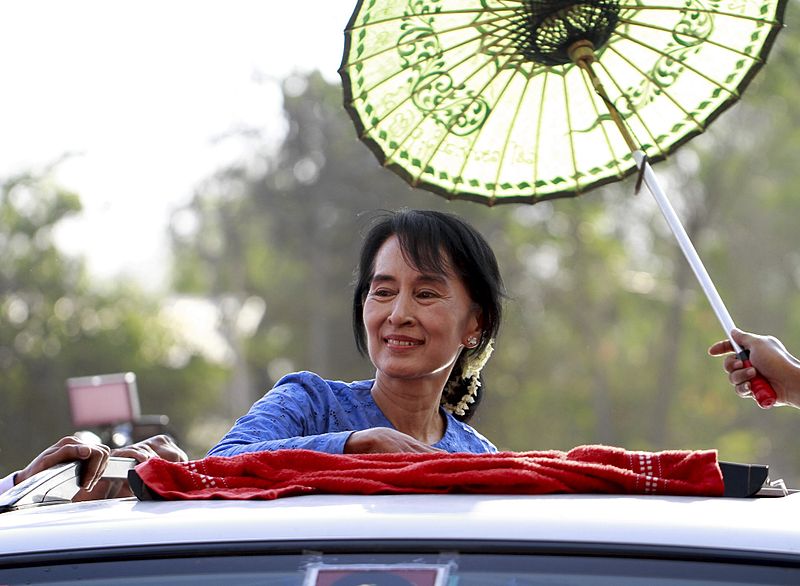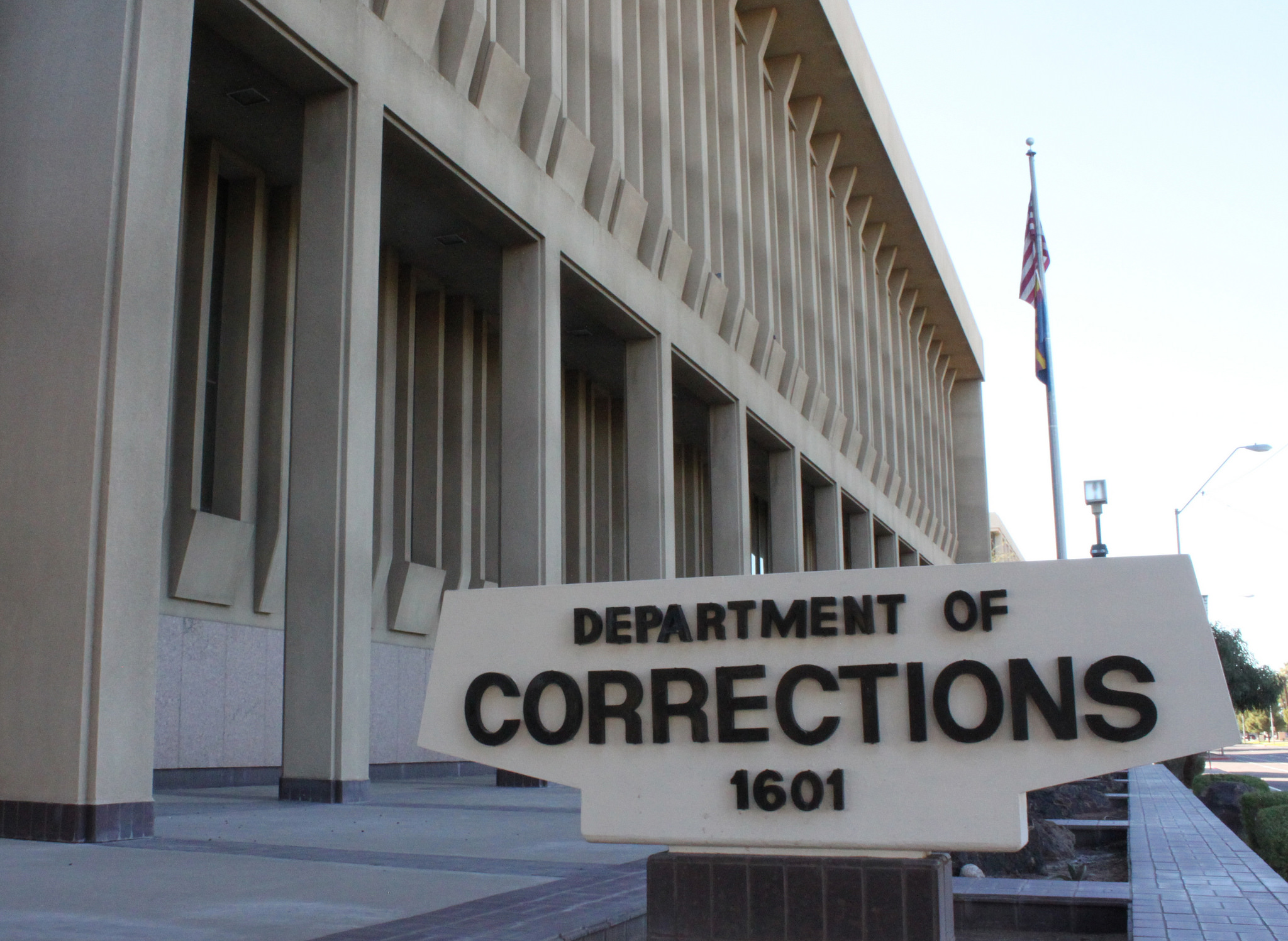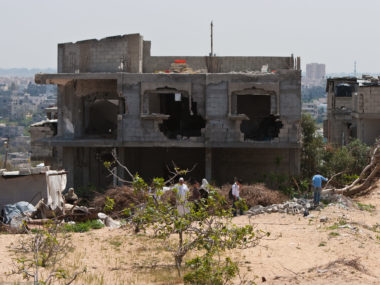By Aila M. Matanock and guest contributors Leonardo R. Arriola, David Dow, and Michaela Mattes
Colombian police have been captured on video beating protesters already in custody and fatally shooting those fleeing. Police violence has continually plagued Colombia, but during the most recent wave of protests that started at the end of April incidents have increased dramatically. Reports of police shootings, beatings, and other abuse abound, especially in Cali, which has been the epicenter of these attacks. Colombia’s human rights ombudsman reports dozens killed in these incidents.
Police violence in Colombia has been attributed to the fact that the Colombian police were “built for war” and have now found a new war “on the streets of Colombia’s cities, where the police stand accused of treating civilian protesters as battlefield enemies.” Is this indeed a driving factor? Is the institutional design of the police in Colombia, built during the civil conflict between the government and guerilla movements, contributing to these incidents?
Effective governments provide security—deterring and punishing those using violence, but also protecting the rights of their citizens. In recent work, we examined how the design of policing institutions shapes police propensity for violence, in addition to its effect on whether peace is sustained in post-conflict contexts. Much of the research on post-conflict institutions focuses on the military. However, during the transition out of war, many security functions shift to the police. So, we look at the police.
Using the Police Force Organization Dataset, which systematically codes police institutions and their features for 110 developing countries from 2000 to 2014, we found that post-conflict countries with a greater number of distinct police forces are more likely to experience a recurrence of conflict. In fact, each additional force increases the chances that peace will fail by 88 percent. A greater number of forces are also associated with a greater risk of civilian abuse.
Why might this be the case? We think it is because fragmented police forces can block information sharing and coordinated action, and these forces can also enable individual police to pursue their own private interests, for example by extorting citizens and businesses.
Given these findings, we would expect less fragmented forces, especially those with centralized command and control, to be better able to deter challenges to peace and prevent individual officers from committing human rights abuses. So, what is going on in Colombia? The Colombian police are a centralized force. Why is police violence on the rise?
While fragmented policing institutions can cause problems, there are other dimensions of policing that may also affect police violence. In Colombia, the culture of the police and the values displayed by its commanding officers may be driving some of the police violence. Militarization is high—the police are modeled organizationally on the military and overseen by the defense minister. Recent research suggests that a reliance on militarized policing is associated with institutionalized police brutality and torture—and, more broadly, systematic repression.
Commanding officers have also backed their officers, even when they violate citizens’ rights. For example, in a video that emerged early in this wave of protests, Colombian General Eduardo Zapateiro, standing next to the defense minister, called the riot police who were charged with some of these abuses “heroes dressed in black” and urged them to stay the course against their fellow Colombians. The defense minister, Diego Molano, who oversees these forces, blamed the violence on criminal organizations stating that they were “behind the violent acts that tarnish peaceful protest.” In sum, the high level of militarization and the insistence on loyalty among forces above all else, may be contributing to Colombian police violence.
While policing institutions are often reformed in the aftermath of civil conflict to focus less on state security and more on human security, Colombia failed to embrace such reforms. Recently, however, the Colombian government announced a 10-point reform plan that touches on militarization and the culture of impunity within the police. As part of these reforms, the government will change the uniforms of the police to blue rather than the military’s green, and it will create a human rights directorate and prioritize disciplinary investigations related to human rights violations. Critics call the reform plan insufficient—for example, it will change the name of Ministry of Defense and create a vice ministry to work with other actors to improve public policy on citizen security, but it will not remove the police from the ministry all together. It remains to be seen whether it will help curtail police violence.
Police violence against civilians is a growing cause for concern—not only in Colombia, but globally. Our research suggests that fragmented police forces are associated with police violence in post-conflict countries, and increase the likelihood that conflict will recur. But, as Colombia shows, there are a range of factors that affect the degree to which the police perpetuate violence against civilians. Each factor will need to be assessed and addressed in any reforms that seek to remedy the problem in Colombia and worldwide.






